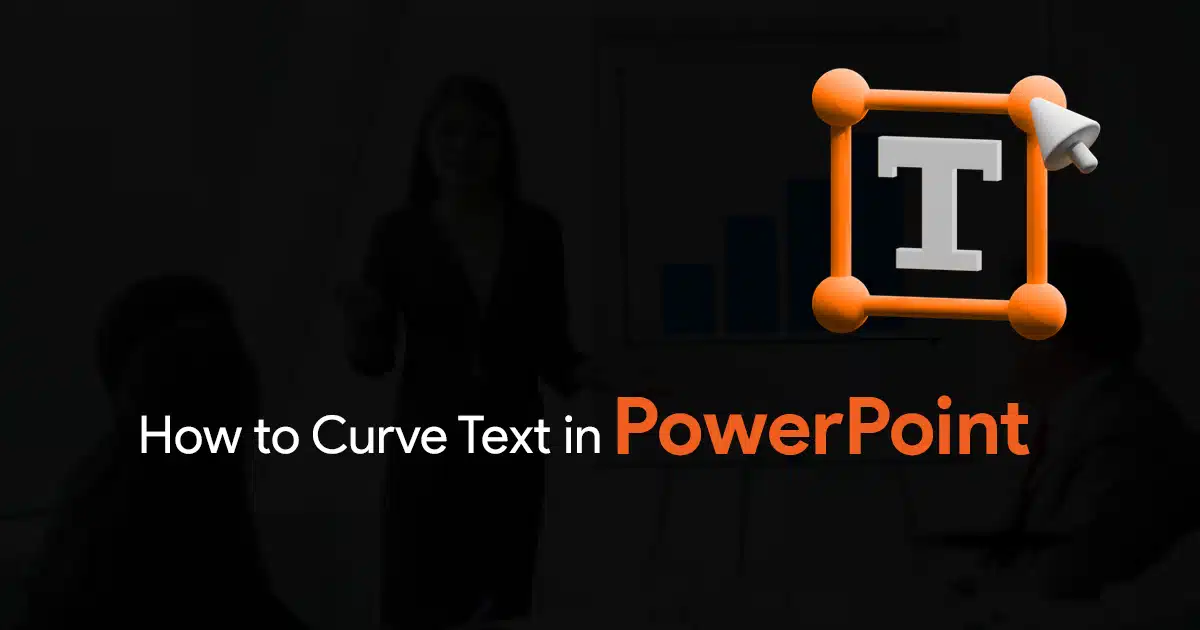Why did second-level thinking make Howard Marks a buyer in a turbulent market

People often make decisions in accordance with their simple thoughts. Whether a businessman or a layman often makes decisions without consequence analysis. First-level thinkers act according to their simple logic and are always going along with the crowd. For example, First-level thinkers are selling their stocks when panic arising in the market, whereas second-level thinkers are buying in turbulent situations. Second-level thinking will bring long-term solutions than first-level thinking. Just go with the blog and have a glimpse of Howard Mark’s second-level thinking.
Howard Marks, author and co-founder of asset management firm Oaktree Capital Management, wrote about first and second-level thinking in his 2011 book, “The Most Important Thing.” He focused on smart investment decisions, but the theory of second-level thinking can be applied to all life situations.
First-level thinking emphasizes solving an immediate problem, with little or no consideration of the inherent consequences. In Marks’ words, “First-level thinking is simplistic and superficial, and just about everyone can do It.” He says the best way to analyze the long-term consequences of our decisions is to second-level thinking.
Second-level thinking is more thoughtful. It is thinking in terms of exchanges and time, understanding that despite our intentions our involvements often cause harm. Second-order thinkers repeatedly ask themselves “then what”, this is the question of consequence analysis, when a smart investor puts his/her money into a rising stock, considers the future growth situations including the risks of that business, and ignores past performances.
Marks simple logic for investors
- Investors who use common first-level thinking see what they think is a good company and choose to buy. while second-level thinking sees the crowd is excited about the “good” company and, therefore, believes it is overpriced and proceeds to clear positions.
- First-level thinkers see low growth and climbing inflation, leading them to sell. First-level thinkers are selling their stocks when panic arising in the market, whereas second-order thinkers are decided to buy in stormy situations.
- First-level thinkers consider a company’s earnings will fall, and they sell their stocks. Again, second-level thinkers have a different viewpoint; they think the earnings will fall less than estimated, so they buy.
The second-level thinking takes so many things into account before deciding to buy:
- What is the range of possible future results?
- Which result do I think will happen?
- What’s the probability I’m right?
- What does the consensus think?
- How does my anticipation differ from the consensus?
- How does the current price line up with anticipations of second-level thinkers and those of the crowd?
- Define if the consensus psychology is too optimistic or too pessimistic.
- Where will the price go if the consensus is right? Where will it go if the second-level thinker is right?
Marks noted that first-level thinkers seek out “simple formulas and easy answers,” while second-level thinkers recognize success is never simple. They are well-informed on market matters and have excellent analytical skills.
Relevance of second-level thinking in work situations
Of course, Howard Marks’s pointing to the smart investment through second-level thinking. Being a market consultant he has been emphasizing the logic of investment in accordance with the complex- consequence analyzing the principle of second-level thought. But this principle has a wide range of applications irrespective of financial and investment matters. Let’s look at how this principle will work in common life situations.

Three-step method for developing second-level thinking skills:
Approach with a skeptical mind
Critical thinking and questioning attitude will lead explore more information about a subject. And thereby you can develop a second-level thinking process. For example, if someone forces you to take a decision to buy a particular stock, you can critically analyze the future prospects of the stock by taking P/E or the order book of the company. Keep questioning yourself, and ask, “What happens then?”
In our daily life, too much misleading news is posted by social media, if you have a questioning mind you can read between the lines and find out what might have been actually happened.
Participatory thinking
Involve others in your decision-making process. Sometimes you get caught in first-level thinking because you simply don’t know what other conclusions are possible. It might not be practical, or you might not have the time, to participate in others directly. Though, be sure to consider the likely effect of your decision on other people, teams, or departments. But when you bring others into the decision-making process, you’ll likely get new viewpoints and answers. These different perspectives could be valuable!
Discussions are the best way to get proper solutions. You can extract solutions from multiple viewpoints.
Think Long-Term
Simple thoughts are quick. It does not bring long-lasting solutions because of the absence of consequence analysis. In stock market situations people are greedy to multiply their investments in quick times; as a result, they will lose their money. Most likely a long-term investor never loses money because he is investing in accordance with second-level thinking.
What might happen in the long term? This is the basis of long-term thinking. For example, when you are selecting a course, you must think about what changes might happen in the job market and what course would be worth after 3 or 4 years.
Ending note
When we come in personal situations, second-level thinking will do magic to solve problems. This is not only an investment idea but also it will encompass all spheres of human life. Second-level thinking remembers simple thoughts are quick, but they would not bring long-lasting solutions. Second-order thinking needs exploring-mind with critical evaluation skills. It’s not easy to think in terms of methods, interactions, and time. However, doing so is a smart way to separate you from the crowds.


